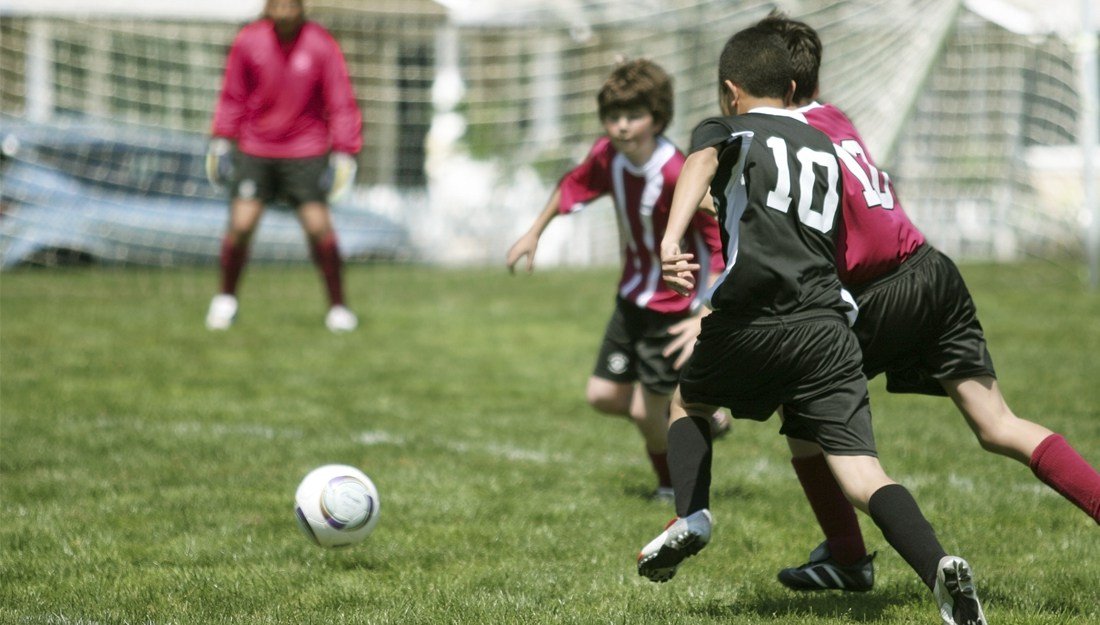
With rates of childhood obesity on the rise in recent years, promoting physical activity in children has become increasingly important. Youth sports offer a way for children to stay active and develop healthy lifelong habits while giving valuable lessons on teamwork and fair play. Coaches, parents and various volunteers keep youth sports going, and health care professionals have a role to play in the process, keeping young athletes healthy and free of injury, teaching coaches and parents about health-related aspects of sports and informing policies intended to keep children safe while they play.
In a commentary article published in the Journal of Public Health Management and Practice, John Spengler, JD, PhD, professor and head of the Department of Health Promotion and Community Health Sciences, Dean Jay Maddock, PhD, Selina Stasi, DrPH, all of Texas A&M School of Public Health, and Angela Smith, MD, Nemours/Alfred I duPont Hospital for Children, Thomas Jefferson University, described a roundtable at the Aspen Institute aimed at getting medical professionals more involved in youth sports. This meeting clarified several goals for health care providers, parents and coaches to promote healthy childhood physical activity and identified additional ways that medical professionals can contribute and collaborate in this area in the future.
Several of the goals the group identified focused on getting children active and keeping them moving. These included the importance of having fun in childhood physical activity; the need for youth sports to include all children regardless of gender and physical or cognitive disabilities, especially children from under-served populations; the importance of growth and development in choosing sports; and the value of playing many different sports rather than specializing in one at a young age. The last two of these goals focus on an area where health care providers are crucial: injury prevention.
Two major injury categories that are concerns in youth sports are overuse injuries and concussions. Medical providers can help reduce overuse injuries by giving guidance on age appropriateness and diversity of activities, strength and flexibility training, exercise intensity and volume and by highlighting the importance of proper nutrition, adequate recovery and not working through injuries. For concussions, health care providers can encourage coaches and parents follow guidelines on concussion risk reduction and caring for athletes with suspected concussions. Health care providers can reach these goals by interacting with young athletes directly, by educating and advising coaches and parents and by helping to update regulations.
Additional ideas and future roles were also identified in the meeting. For example, physicians and other medical professionals should take more active roles in influencing youth sports policies and improve lines of communication between schools, sports leagues, coaches, parents and physicians. Exercise prescriptions—that is, providing recommendations on physical activity for children—are another area where health care professionals can help keep children active, and sports physicals, which are often required to participate in youth sports, can be used as an avenue for educating young people and their parents about safety, recognizing and treating injuries and the importance of nutrition and recovery. Further training in these areas for medical professionals who conduct sports physicals will likely benefit young athletes. Lastly, educating coaches, many of whom receive no formal health and safety training, is a way to keep children healthy and active.
On top of these goals and roles was the need for partnerships between health care providers, local health departments and community outreach groups to provide guidance on sports safety and promote healthy activity in children. These partnerships, along with efforts to educate parents and coaches and interact directly with young athletes, would effectively use the skills and knowledge that health care providers have amassed over the years. Through a multifaceted approach, medical professionals can help promote healthy childhood physical activity and help children reap the physical, mental, social and emotional rewards that sports have to offer.
“We have seen leading medical, health and sport groups find areas of agreement in promoting safe, accessible opportunities for sport and physical activity,” Spengler said. “Consensus on important issues such as sport specialization, return to play and concussions is of key importance to informing policies that create opportunities for youth to become and remain active for life.”
###
This story by Rae Lynn Mitchell originally appeared in Vital Record.



